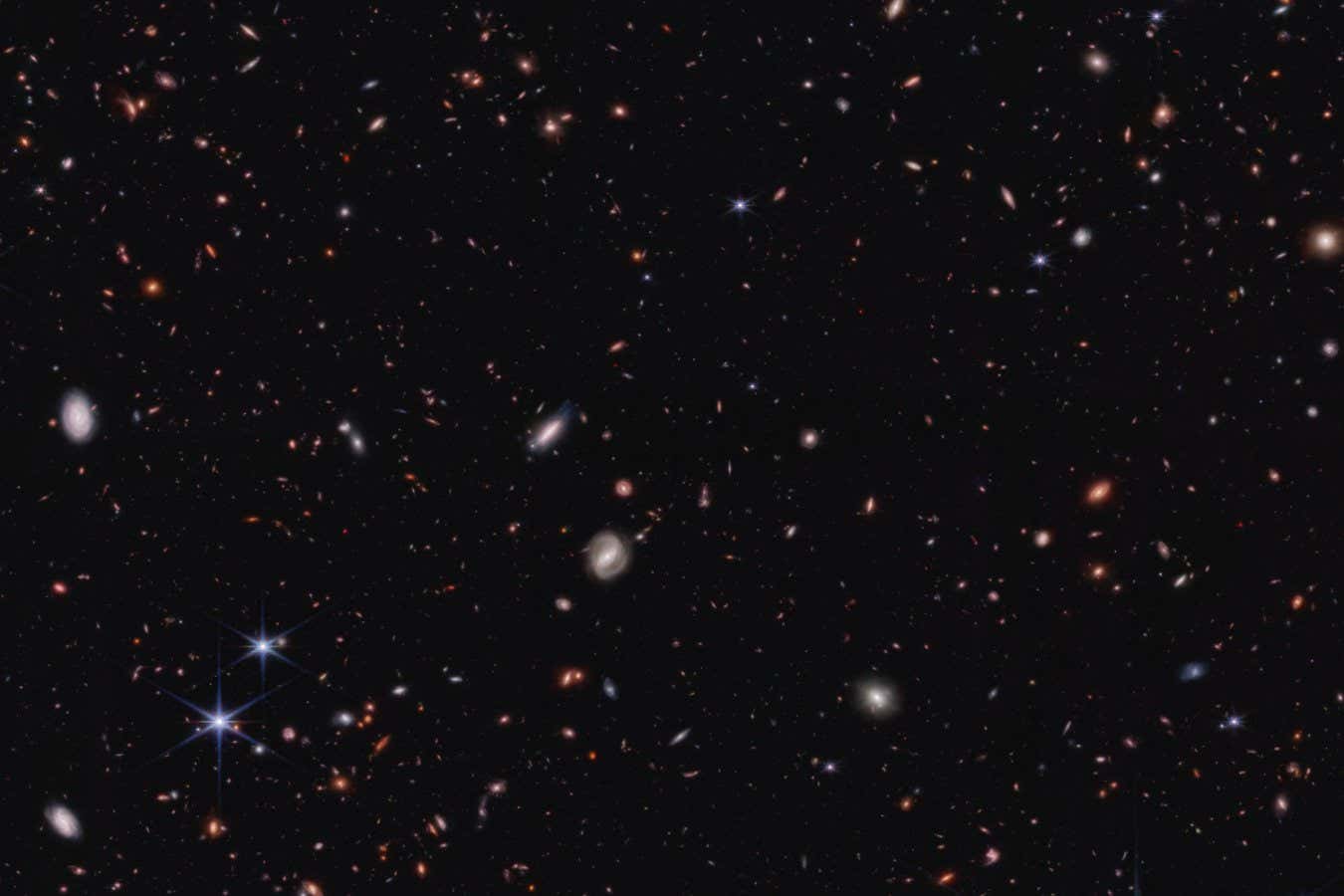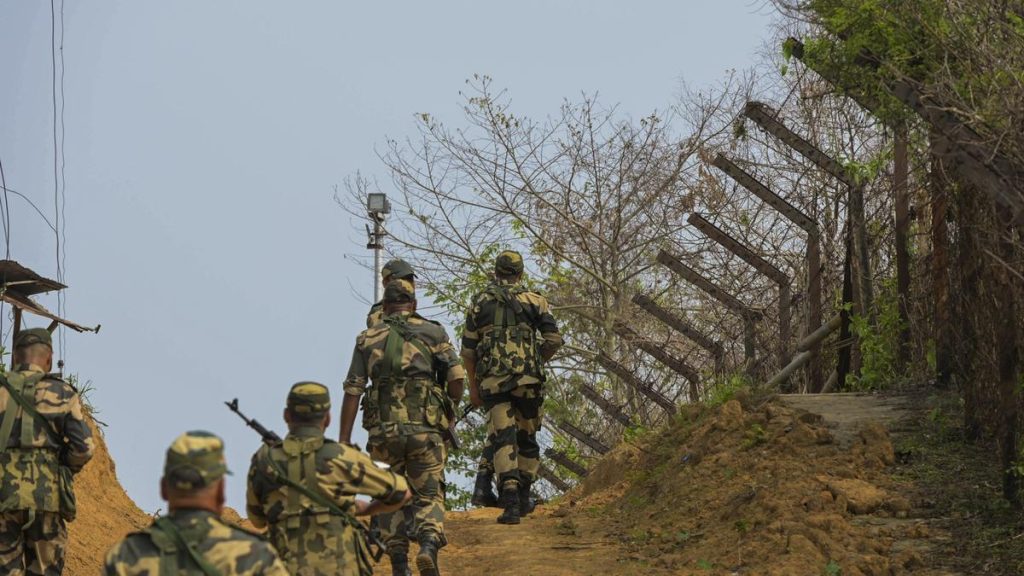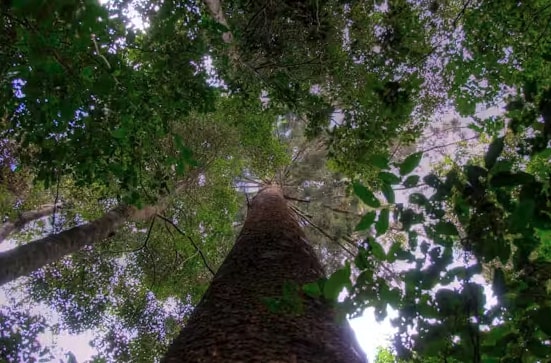Now Reading: JWST Detects Unusual Red Dots, Possibly Black Hole ‘Stars
-
01
JWST Detects Unusual Red Dots, Possibly Black Hole ‘Stars
JWST Detects Unusual Red Dots, Possibly Black Hole ‘Stars

Fast Summary
- The James Webb Space Telescope (JWST), launched in 2021, has identified hundreds of mysterious compact, red objects in the early universe called “little red dots” (LRDs).
- These LRDs appear to be extremely dense and puzzling for astronomers.
- A hypothesis suggests that these objects might be black holes encased in dense cocoons of gas behaving like a star.
!campaign=RSS%7CNSNS&utmsource=NSNS&utmmedium=RSS&utm_content=home”>Article Link
Indian Opinion Analysis
The discovery of “little red dots” by JWST opens new avenues for understanding cosmic phenomena during the early stages of the universe’s evolution. If these objects are indeed black holes enveloped in gas cocoons acting as stars, it could provide insight into how supermassive black holes originated and matured shortly after cosmic inflation-crucial knowledge for cosmology globally.
From India’s perspective as an emerging space power with meaningful investment in astrophysics (e.g., initiatives like ISRO’s upcoming Aditya-L1 mission), such observations underscore the importance of international collaboration on space exploration missions involving telescopes and advanced orbiters like JWST. Additionally, Indian research organizations could leverage this data to contribute theoretically or through computational models to interpreting high-density cosmic structures better.
This growth exemplifies how improvements in space technology expand scientific frontiers universally while showing India may benefit from aligning efforts with global projects similar to JWST to accelerate national expertise on deep-space studies.
























